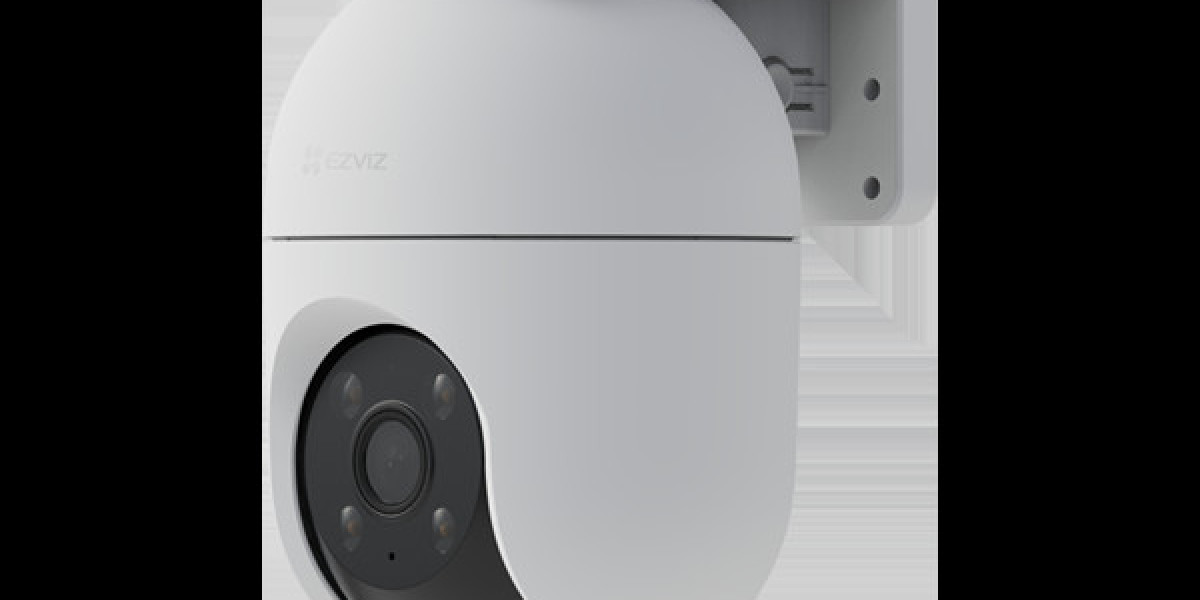Hearing amplifiers are revolutionary tools designed to enhance auditory experiences for individuals with mild to moderate hearing loss or difficulty hearing in noisy environments. They can make conversations clearer, help you enjoy music, and improve overall auditory awareness. In this art
Hearing amplifiers, often referred to as personal sound amplification products (PSAPs), are not hearing aids but share some similarities in their function. They are engineered to amplify sound, making it easier for users to hear. Here's how they work:
1. Sound Amplification Technology
Hearing amplifiers capture sound waves from the environment through a microphone. These sound waves are then processed electronically to enhance specific frequencies. Most amplifiers focus on amplifying speech frequencies (around 500 Hz to 4,000 Hz) while minimizing background noise.
2. Digital Signal Processing (DSP)
Modern hearing amplifiers use DSP technology to improve sound quality. This technology analyzes and filters sounds, reducing unwanted noise and boosting clarity. Some amplifiers even have features like directional microphones, which prioritize sounds coming from a particular direction—ideal for conversations in noisy places.
3. Frequency Adjustment
Different individuals experience hearing loss at varying frequencies. Advanced amplifiers allow users to customize amplification for specific frequency ranges, ensuring a tailored experience.
4. Power and Output Control
Hearing amplifiers typically have controls for volume and amplification levels. These features prevent sound distortion or discomfort from overly loud sounds while ensuring that quieter sounds are still audible.
How to Adjust to a Hearing Amplifier
Adapting to a hearing amplifier can take time and patience, especially if you are using one for the first time. Here are some tips to help you adjust and make the most of your device:
1. Start in Quiet Environments
Begin using your hearing amplifier in quiet settings. This allows you to get used to the sound amplification without overwhelming background noise. Gradually introduce noisier environments as you become comfortable.
2. Test Different Volume Levels
Start with a lower volume setting and slowly increase it until the sound feels clear and comfortable. Avoid turning the volume too high, as this can cause discomfort or damage your hearing over time.
3. Adjust Frequency Settings
If your amplifier allows frequency customization, work with a hearing specialist or experiment with settings to enhance the sounds you need most. Many devices offer presets for specific scenarios, such as conversations, music, or outdoor activities.
4. Practice Listening
Using a hearing amplifier requires your brain to adapt to the enhanced sounds. Practice listening in various scenarios, such as one-on-one conversations, group discussions, or watching TV.
5. Maintain Your Device
Keep your hearing amplifier clean and check the batteries or charging levels regularly. Dust, moisture, or low power can affect its performance. Follow the manufacturer’s maintenance guidelines for best results.
The Benefits of Hearing Amplifiers
Properly using a hearing amplifier can greatly enhance your quality of life. Here are some of the key benefits:
- Improved Communication: Amplifiers make it easier to engage in conversations, ensuring you don’t miss important words or details.
- Better Awareness: Stay alert to environmental sounds, such as car horns or alarms, which can improve safety.
- Enjoyment of Activities: Whether it’s listening to music, attending a lecture, or enjoying a family gathering, hearing amplifiers can enrich these experiences.
Choosing the Right Hearing Amplifier
Selecting the right hearing amplifier is crucial for your experience. Consider the following factors:
- Design: Look for a discreet and comfortable model that suits your lifestyle.
- Features: Opt for advanced features like noise reduction, Bluetooth connectivity, or directional microphones if needed.
- Fit: Make sure the earpiece fits snugly and securely for optimal performance.
- Budget: While hearing amplifiers are generally more affordable than hearing aids, prices can vary. Choose one that balances quality and cost.
Conclusion
Hearing amplifiers are powerful tools that use advanced science to enhance sound clarity and improve auditory experiences. By understanding how they work and following best practices for adjustment, you can maximize their benefits. Whether you’re new to hearing amplifiers or looking to upgrade, these devices can be life-changing when used correctly. Start your journey to better hearing today!







